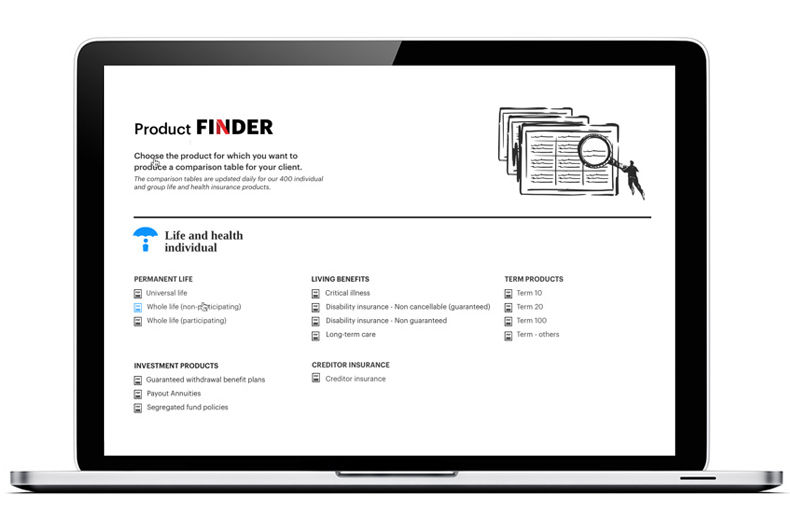Morningstar DBRS is warning that sources of liquidity for Canadian and North American insurers can behave differently under stressed market conditions. Because of this, liquidity is one of five analysis blocks the ratings firm uses to evaluate insurers.
Liquidity, they say, is an entity’s ability to meet short-term financial obligations. It is “among the key credit risk considerations for insurance companies given the size and complexity of their insurance and other liabilities,” the firm writes in its commentary report, Comparative Analysis of Liquidity Resources of Canadian and U.S. Life Insurance Companies.
They say cash and short-term investments account for 2.5 per cent to 5.5 per cent of North American insurers’ invested assets, “with Canadian insurers at the more conservative end of this range.”
“Additional liquidity resources may consist of government-facilitated lending programs (generally not available to insurers in Canada), short-term funding transactions, committed bank credit facilities and high-quality liquid invested assets. The size and availability of each liquidity resource may be affected differently under stressed market conditions,” they warn.
The report adds that during the height of the pandemic, North American insurers temporarily increased their cash reserves. In Canada, this was done to fuel higher investment and financing deal volumes, while U.S. insurers increased their cash holdings as a precautionary measure.
Canadian insurers became net buyers
“Canadian insurers ultimately became the net buyers (i.e., liquidity providers) to the financial markets during the pandemic compared with the many other financial market players that wanted to conserve cash during that period of high market uncertainty,” they write.
Today, most insurers are maintaining standing credit facilities, despite the cost. Securities lending and repurchase agreements which provide flexible and cost-efficient short-term funding under normal operating conditions are also discussed.
“As per the latest financial statements from some of the large Canadian life insurers, high-quality, liquid assets comprise around 57 per cent of their invested assets,” the paper concludes. “In recent years, private credit has become a highly popular investment solution for life insurers, a trend observed with U.S. life insurers, as well. However, private assets also tend to be less liquid given their typically longer, locked-in periods and nonstandard transaction structure.” They also add that private asset valuations have not been thoroughly tested during a widespread market downturn.




